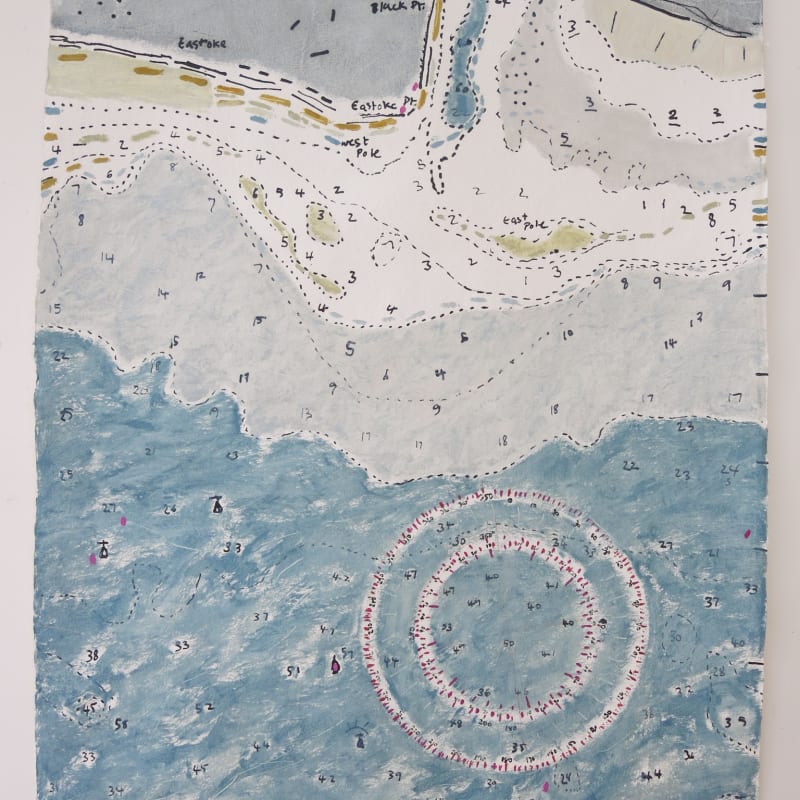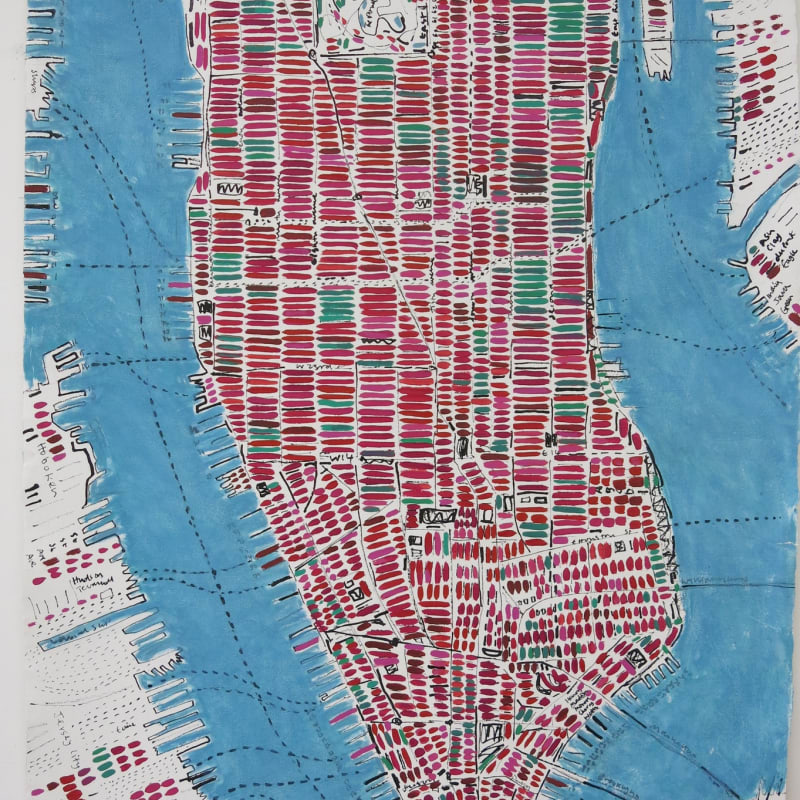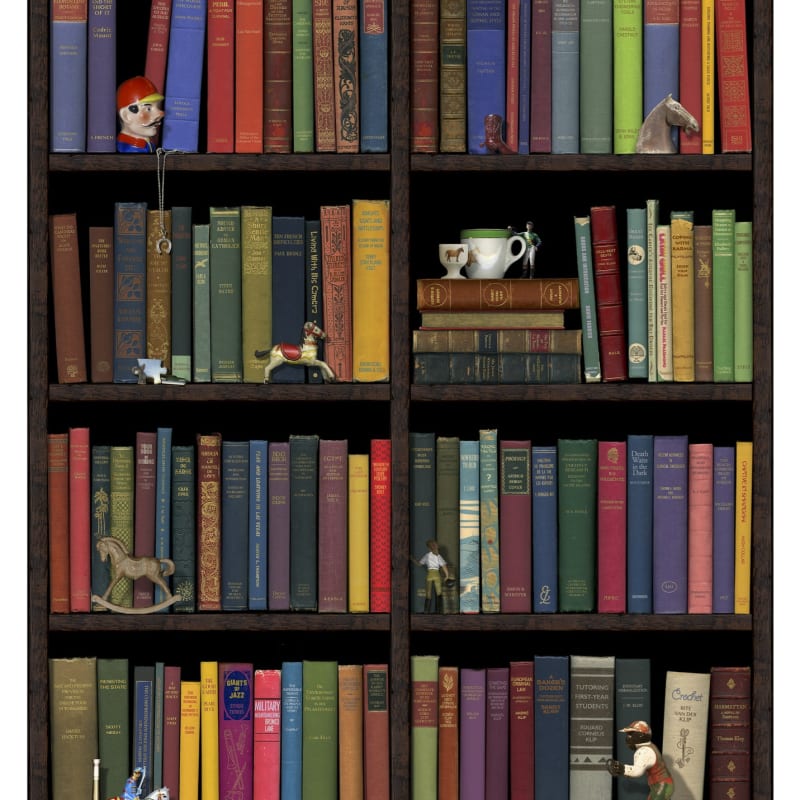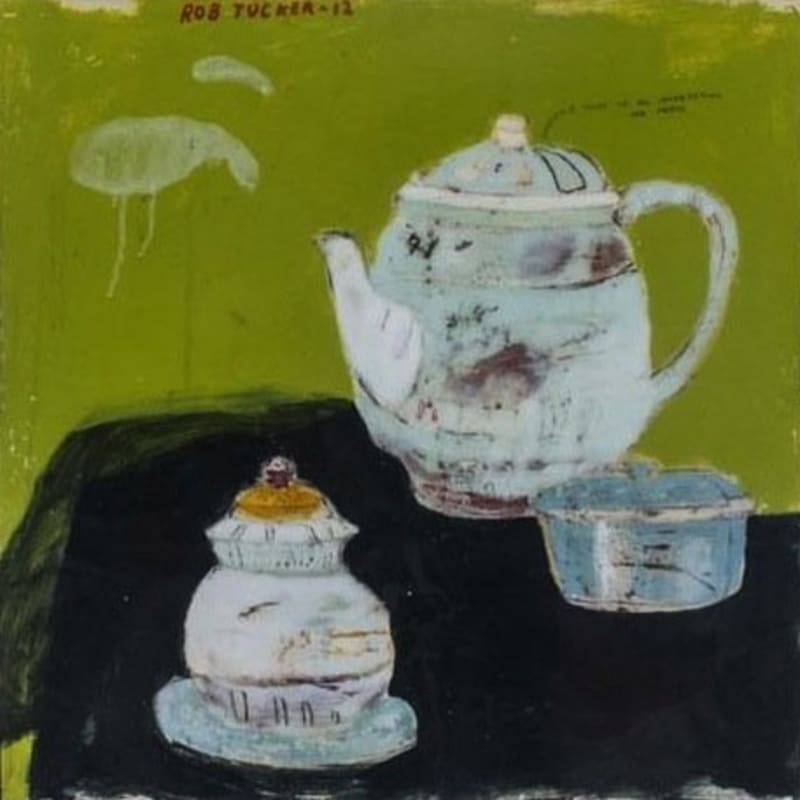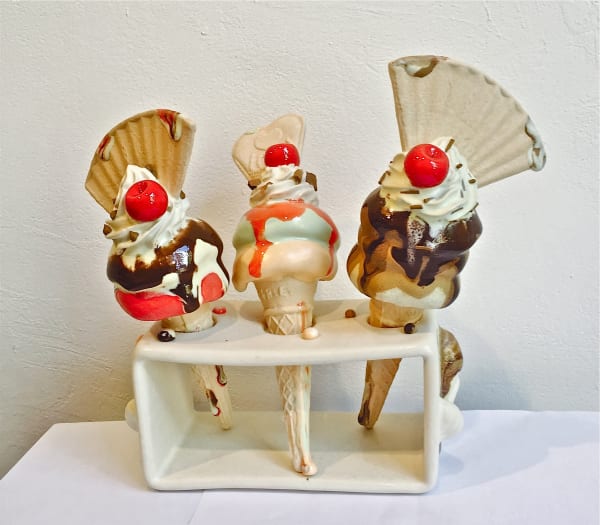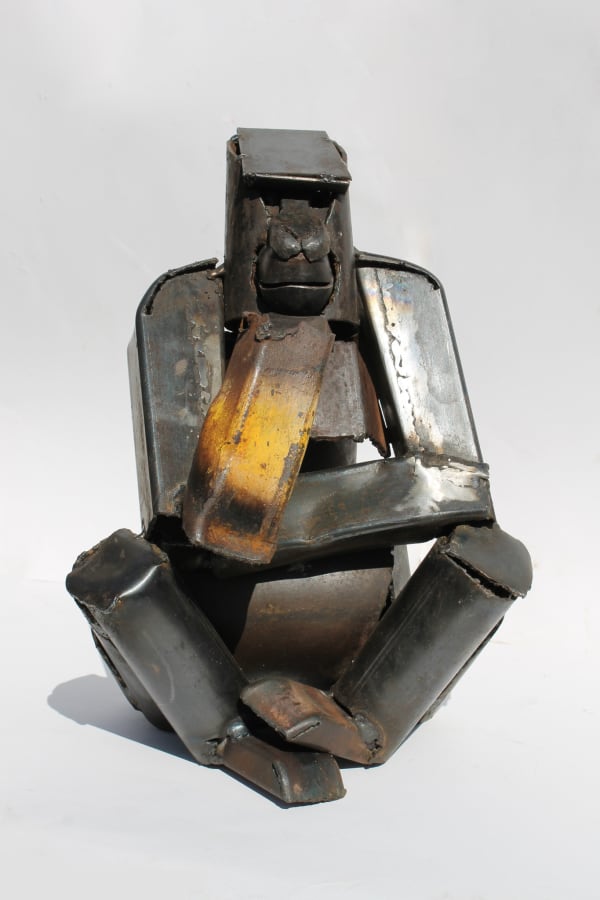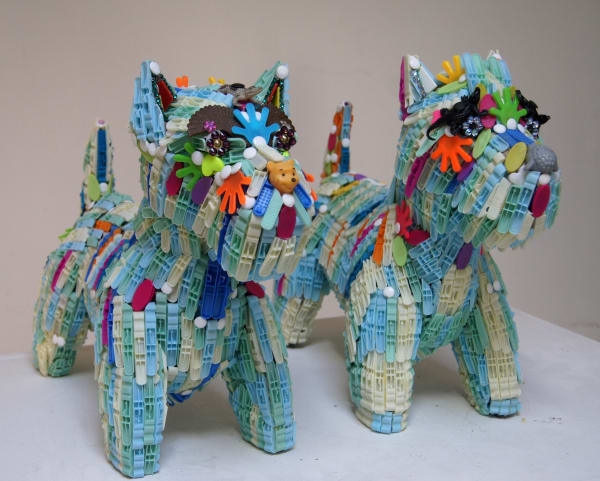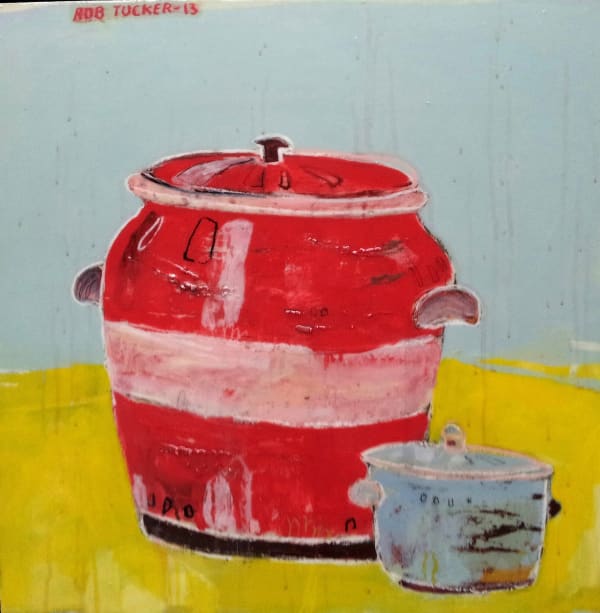Mott Street in July: Group Show, NYC
Mott Street in July is a summer exhibition which features work by a variety of longstanding artists and new favorites. This show embodies a summertime atmosphere with its playful and witty pieces.
Anna Barlow creates hyper-real sculptures of ice creams in states of change. As they drip and ooze, their collapse is stilled in ceramic form. Candied pastels melt into fruity red glazes, chalky wafers are wedged into glistening cherries and macaroons, and delicate sugar sprinkles top hand-piped cream.
Robert Bradford reclaims children’s toys to craft his sculptures, fostering a thought-provoking commentary on consumerism and commodification, as well as showcasing the transience of modern fads and fashions.
Holly Frean's art is full of oblique - and playful - glimpses into the lives of artists and the history of art. But the obliqueness and playfulness are held within a definite structure. Her pictures may be infused with lightness - lightness of tone, lightness of statement, lightness of spirit - but it is a lightness that buoys up - rather than undermines - a seriousness of purpose.
Laura Jordan draws her inspiration from the World's great cities. She is a brilliant draughtsman, who works in pencil, pen, watercolour, collage and print to create wonderfully rich large-scale images of Metropolitan existence - in all its vitality, humour, horror, pathos, wonder, and bathos.
Julio Alan Lepez’s ‘work is focused on the human figure. There is always a body, a face. That is the excuse, the starting point. A basis of portraits and poses upon which to experiment. And in the process, to tell a small story.'
Barbara Macfarlane is a painter who captures the essence - and the drama - of wide-open spaces, for the contrasting elements of land and sky and water, for how they take the light, for how they meet and merge. She searches out these things across a wide variety of terrains: the coastline of West Sussex to the sun-flooded hills of the South of France; the Greek islands; the Outer Hebrides; and, more recently, in the historic maps and panoramas of Early Modern townscapes.
Iain Nutting has a fine understanding of all the traditional sculptural techniques, but his preference has always been for constructed metal sculpture, which uses the industrial welding process. Nutting draws inspiration from the natural world preferring when possible to work from life. He cuts and welds recycled metal into sculptures, which capture the very essence of his subject.
Phil Shaw is a print-maker with a unique vision. He creates hyper-real images of extraordinary wit, power and formal elegance. In his celebrated series of 'Bookshelf' prints Shaw has taken the art of digital-printmaking into an exciting new territory. He depicts books arranged on shelves, their titles merging, melting, forming unexpected connections and new dynamics.
Rob Tucker paints compelling still lifes, using oil, graphite and resin on board to create a distinctively rich, lacquered sheen. He likes ‘to celebrate and glorify the subject of living in my naïve organic style of painting. My work is heavily layered… I almost sculpt an impression of paint and mixed media on to board.'
Alasdair Wallace's art is suffused with the surrealism of the everyday. His richly worked and allusively plotted paintings present a world that is at once recognisable and unsettling. It is a world full of odd juxtapositions and unexplained presences.
-

Anna Barlow, Look it's so You! (Strawberry Pink), 2014
-

Anna Barlow, Confection Perfection, 2013
-

Alasdair Wallace, Fragment of the Great Flock, 2008
-

Alasdair Wallace, Flight From The Tower, 2015
-

Alasdair Wallace, Flock, 2015
-

Barbara Macfarlane, Black Point, 2014
-

Barbara MacFarlane, Watermelon Manhattan, 2015
-

Holly Frean, Royal Flush No.2, 2015
-

Iain Nutting, Gorilla, 2015
-

Iain Nutting, Seated Gorilla, 2015
-

Julio Alan Lepez, Empire, 2014
-

Julio Alan Lepez, Fake Degas #2, 2014
-

Julio Alan Lepez, Fake Degas #4
-

Laura Jordan, Lost in New York, 2012
-

Laura Jordan, Snapple, 2012
-

Phil Shaw, Fiction 10, 2009
-

Phil Shaw, Fear Itself, 2011
-

Phil Shaw, Equo Ne Credite, 2014
-

Robert Bradford, His and Hers, 2015
-

Rob Tucker, A Study Of An Interesting Tea Party, 2012
-

Rob Tucker, Untitled Pots, 2013





